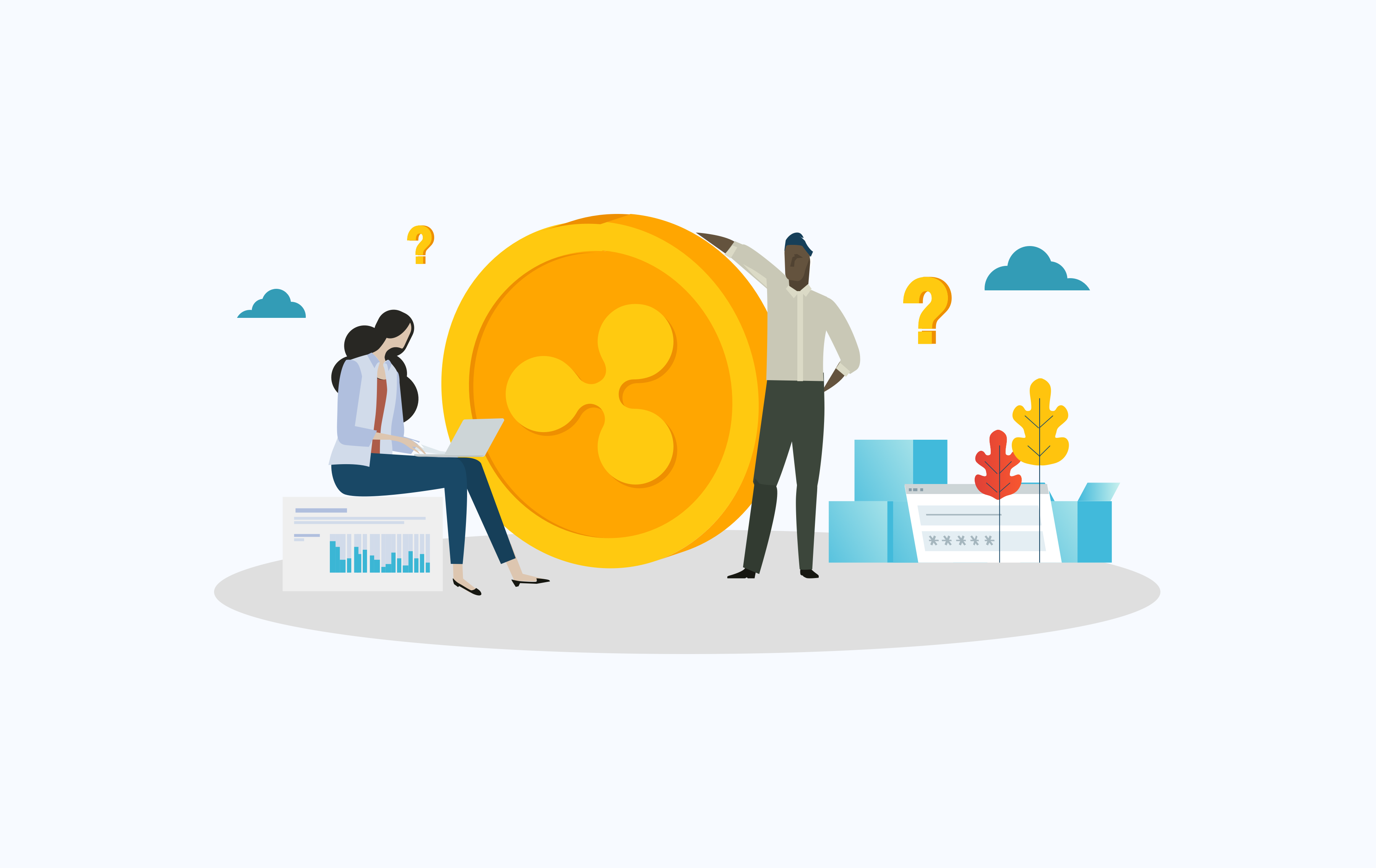What is Ripple?
We all know about the king of the cryptocurrency – Bitcoin but what do you know about Ripple? Ripple might not be that popular as its predecessor but it’s gaining a lot of popularity and supporters.
At the moment ripple is still considered as a cryptocurrency but in it’s core and operations it is very different from some competitors. But before you start buying ripple, it’s important to make your own research and understand what it is.
Let’s start with the fact that Ripple is both a platform and a currency. The Ripple platform is an open source protocol which is designed to allow fast and cheap transactions.
Unlike Bitcoin that was never intended to be a simple payment machine, Ripple is definitely going to rule all the international transactions worldwide.
Unlike most blockchain technology that’s secured by a decentralized network of miners, Ripple is secured by a network of validating servers with an internal ledger that guarantee transactions based on consensus. Instead of mining rewards, all 100 billion Ripple coins are pre-mined, and Ripple Labs controls the dispersion of new coins. So far, there are 38.7 billion XRP in circulation, and Ripple Labs will release more as needed to control money supply.
What are Ripple’s benefits?
– Ripple is originally designed as a day to day payment system, so it is much more powersafe than Bitcoin. As the results, the transactions are much quicker and cheaper.
– Ripple has started as an official organization, as its main focus is to be used by banks. So it is not a subject of multiple regulation checks as many other cryptocurrencies.
– Ripple has the ability to be exchanged to any currency or valuable (like gold) with a unified minimal commission.
Who created Ripple (XRP)
In 2005, Ryan Fugger launched RipplePay.com as a precursor to blockchain currencies. RipplePay provided online secure payment options for communities but didn’t gain widespread adoption. In 2011, Fugger was soon approached by Jared McCaleb and Chris Larsen to replace RipplePay with a digital currency system where community consensus verified transactions, rather than miners like on the Bitcoin network.
Work began on the Ripple Transaction Protocol in 2012. The protocol was designed to facilitate quick, direct money transfers between two parties in fiat currencies, without the wait times or transaction fees of traditional money transfer services. To provide greater liquidity, the protocol also provided for the creation of a new value token known as XRP.
By 2014, what began as a person-to-person money transfer option began to gain traction with banks as another option for settling remittances in a quicker, more cost effective way than traditional technologies. In 2014, several banks and payment processors signed on to utilize Ripple in a testing capacity. Ripple has added more institutions every year since, with over 100 clients in 2017.
It’s important to note that Ripple is a privately-held company.
The infrastructure of Ripple is designed to make transactions quicker and more convenient for banks, so it is a more popular cryptocurrency option for larger financial institutions.
That is why Ripple backed by some of the world’s major financial institutions. Santander, UBS, American Express, RBC, Westpac, and more, all have a hand in its operation and proliferation. They can even charge their specified fees for completing transactions. That control is the most significant differentiating factor for Ripple.
How to buy Ripple?
1. Pick up a secure wallet
2. Sign up to an exchange
3. Make the trade
4. Move it somewhere safe



